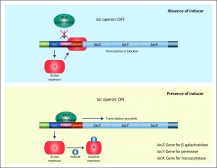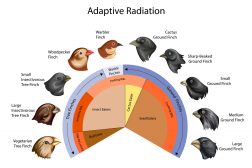Definition
noun
The fungi or fungus-like component of plankton
Supplement
Plankton pertain to the small organisms that drift, float, or weakly swimming in aquatic habitats. Some of them may be capable of diel vertical migration but they, in general, flow with their surrounding currents. They may be classified according to their trophic level groups: (1) phytoplankton, (2) zooplankton, (3) bacterioplankton, and (4) mycoplankton.
Mycoplankton are the fungi or fungus-like organisms comprising the plankton. They are the saprotrophs, i.e. they live off of dead or decaying organic material in marine and freshwater ecosystems. They are mostly the filamentous free-living fungi and yeasts. Similar to bacterioplankton, mycoplankton play a crucial role in the heterotrophic mineralization and nutrient cycling in the ecosystem.1
Mycoplankton are classified into the following groups: (1) lower fungi (e.g. mastigomycetes), (2) higher fungi (e.g. ascomycetes, basidiomycetes, etc.), and (3) terrestrial fungi (e.g. trichomycetes).2
Word origin: myco– (of fungi) + planktón, (planktós (“wandering”)
See also:
Reference(s):
1 Wang, G., Wang, X., Liu, X., & Li, Q. (2012). “Diversity and biogeochemical function of planktonic fungi in the ocean”. In Raghukumar, C. Biology of marine fungi. Berlin, Heidelberg: Springer-Verlag. pp. 71–88.
2 Sridhar, K. R. (2009). “10. Aquatic fungi – Are they planktonic?”. Plankton Dynamics of Indian Waters. Jaipur, India: Pratiksha Publications. pp. 133–148.







